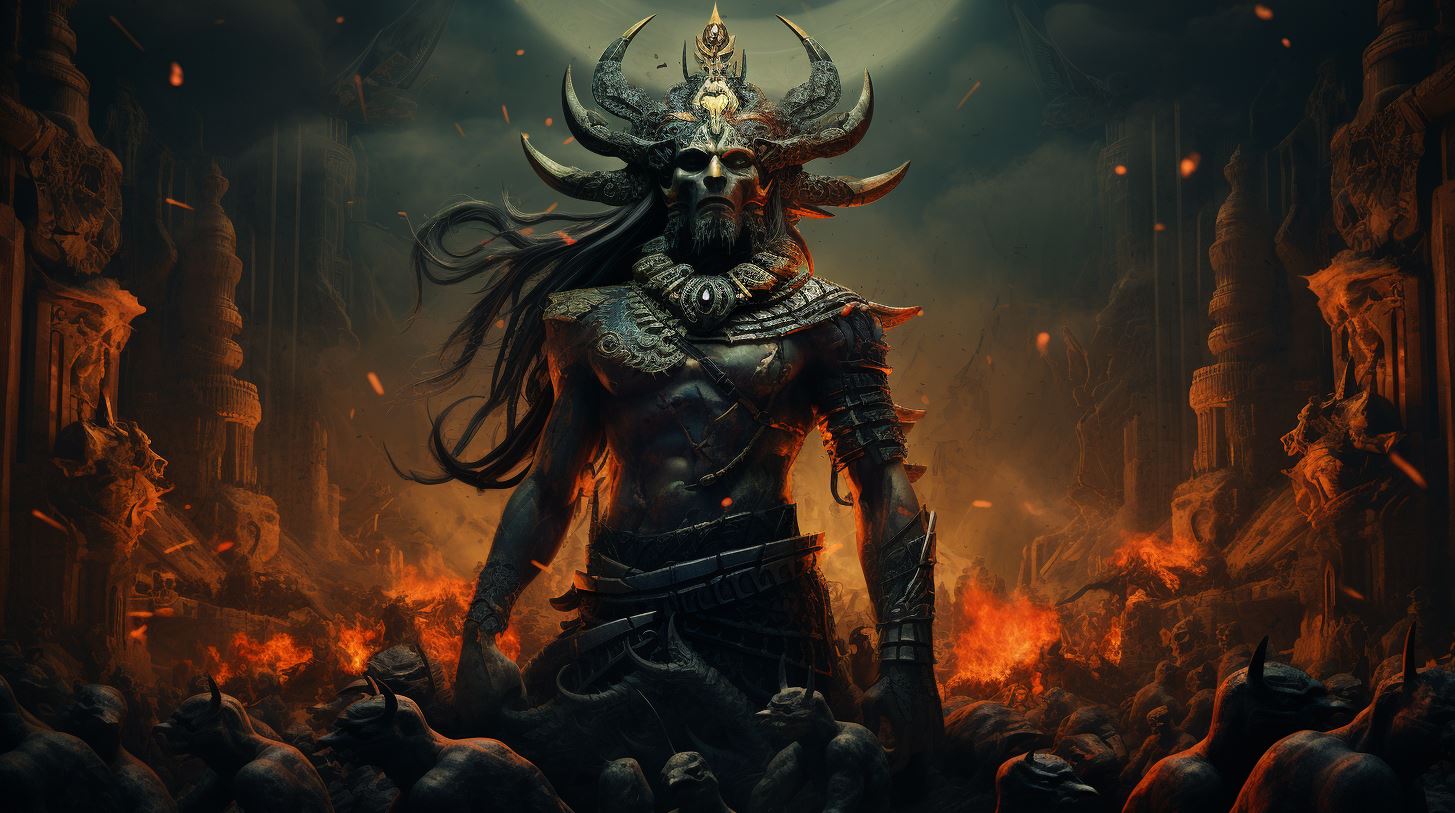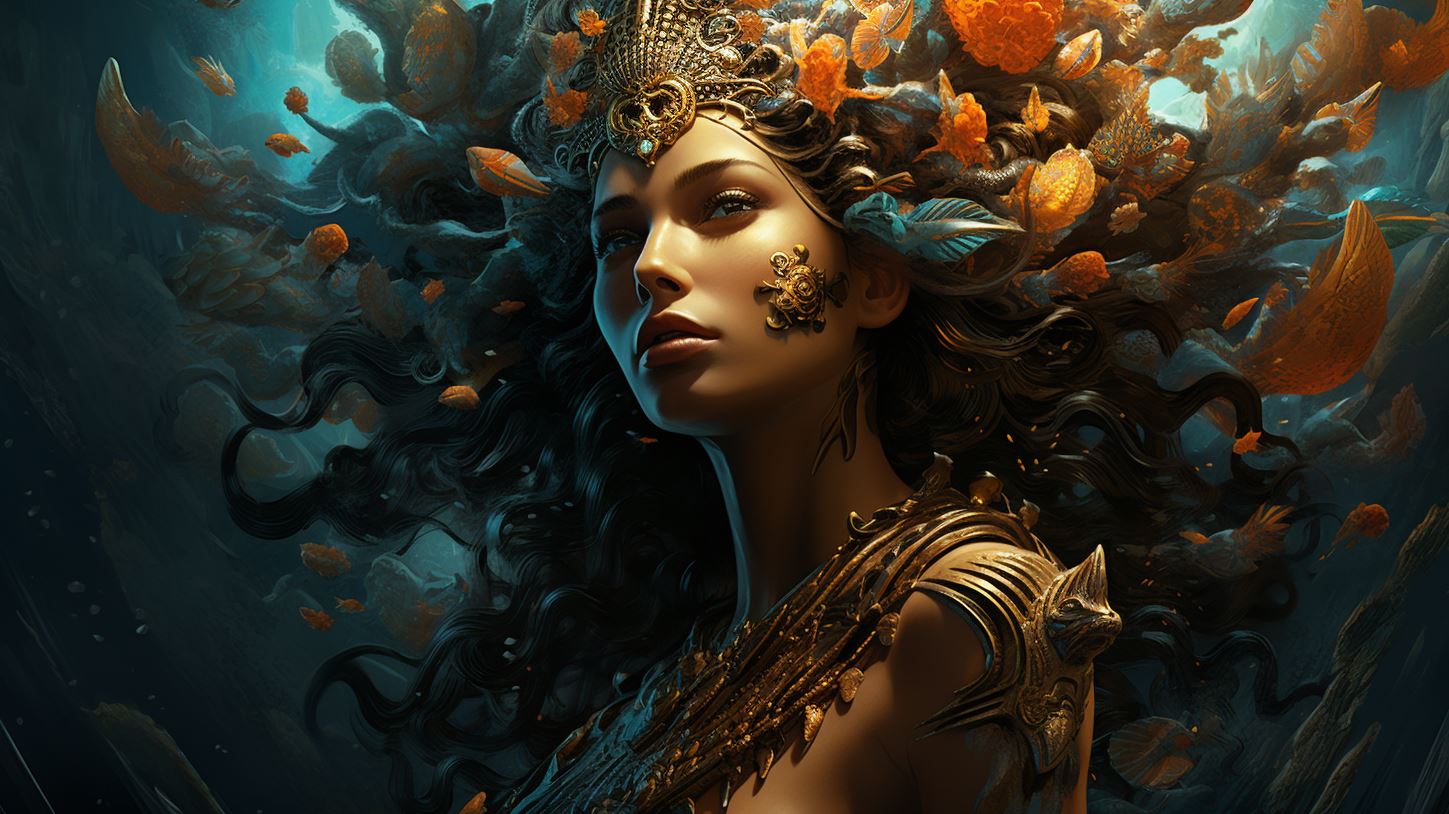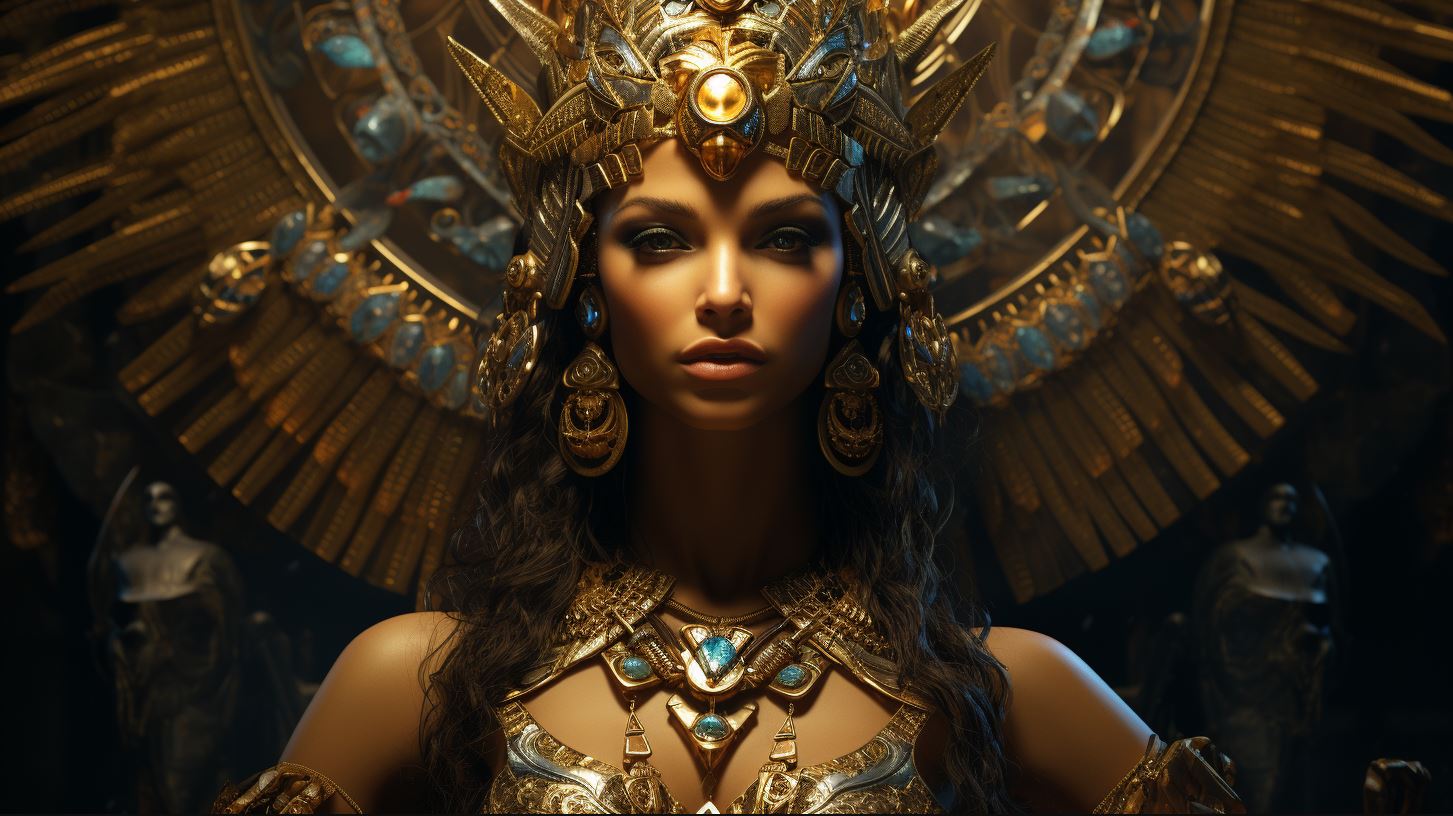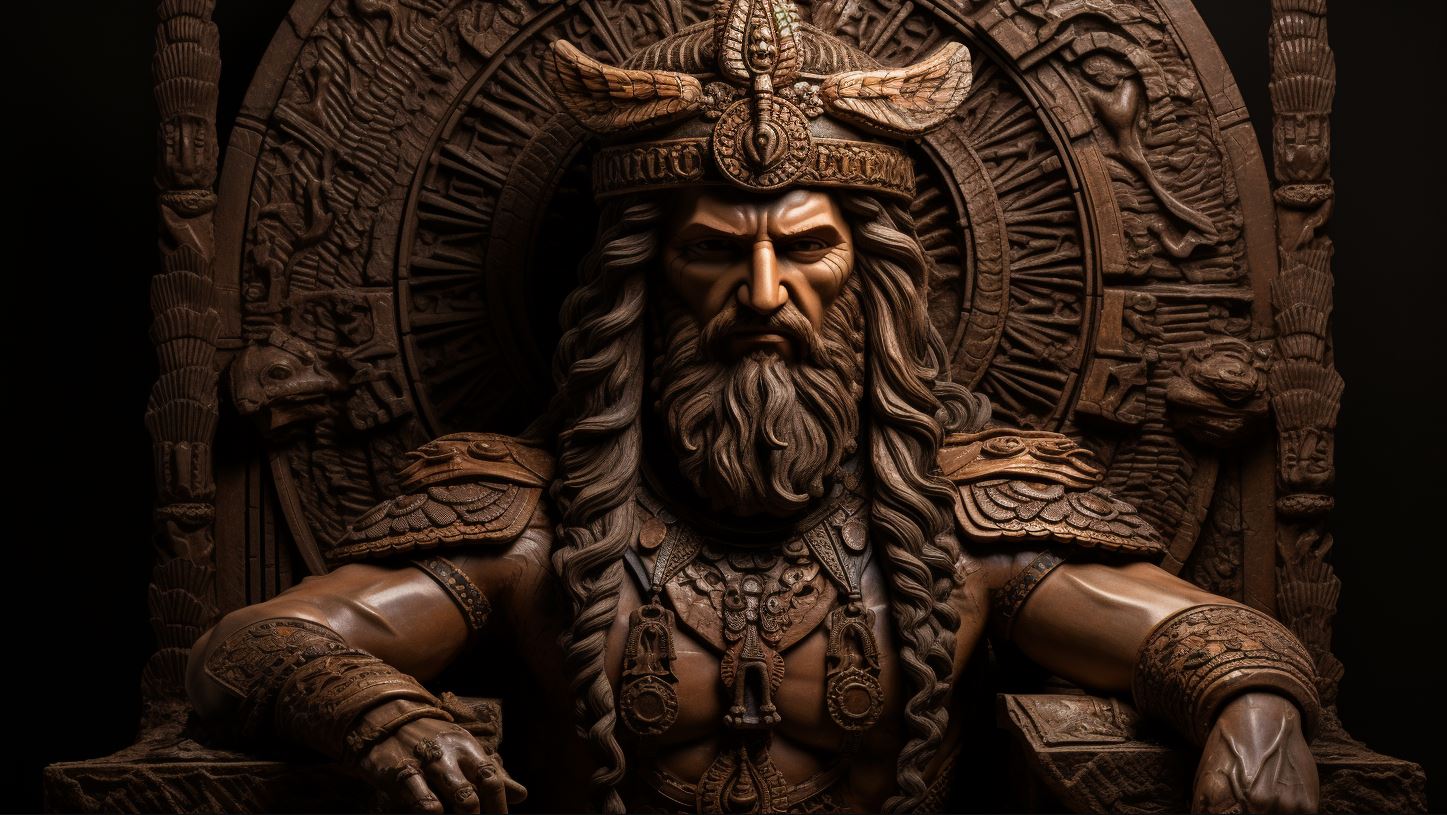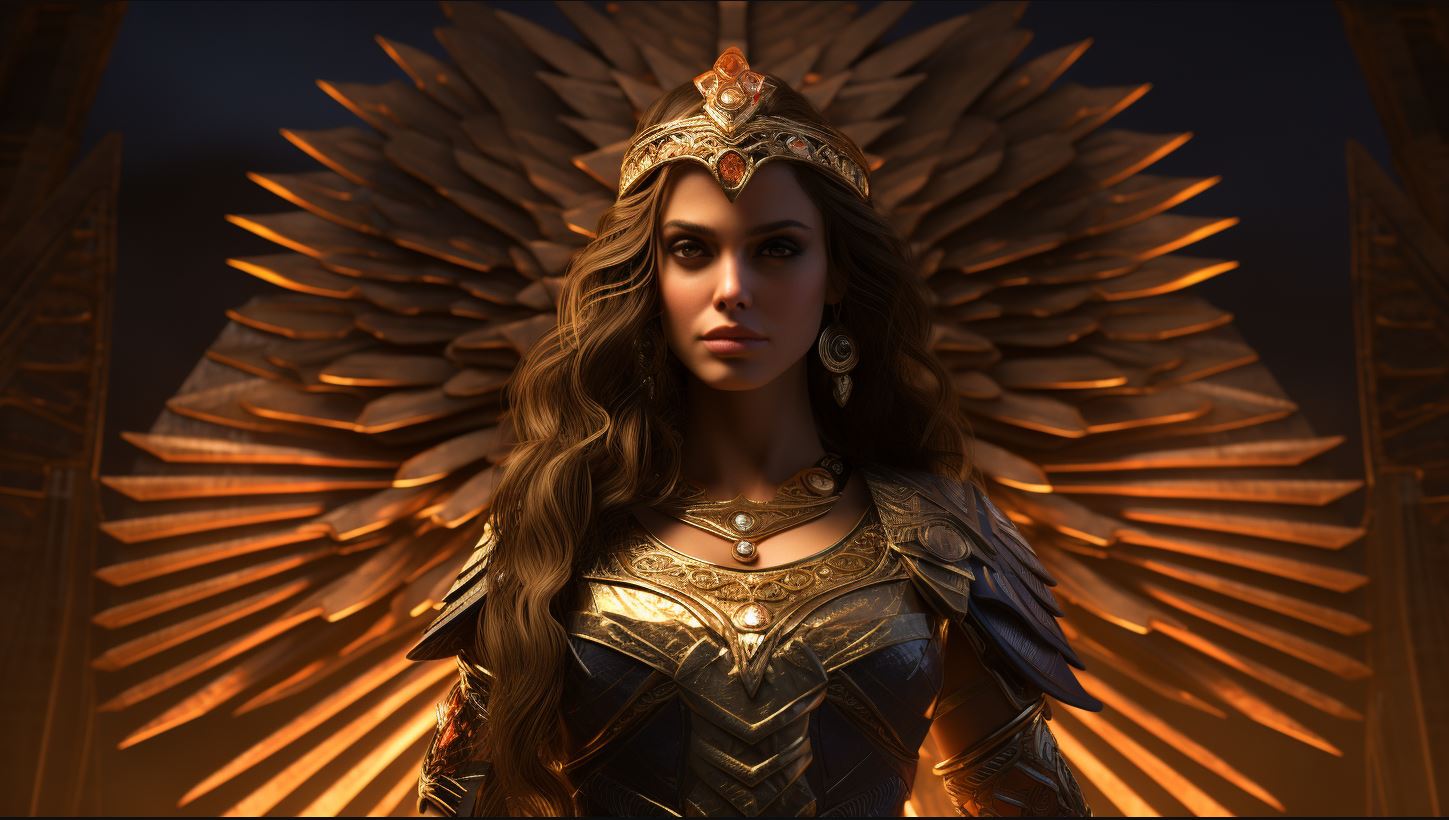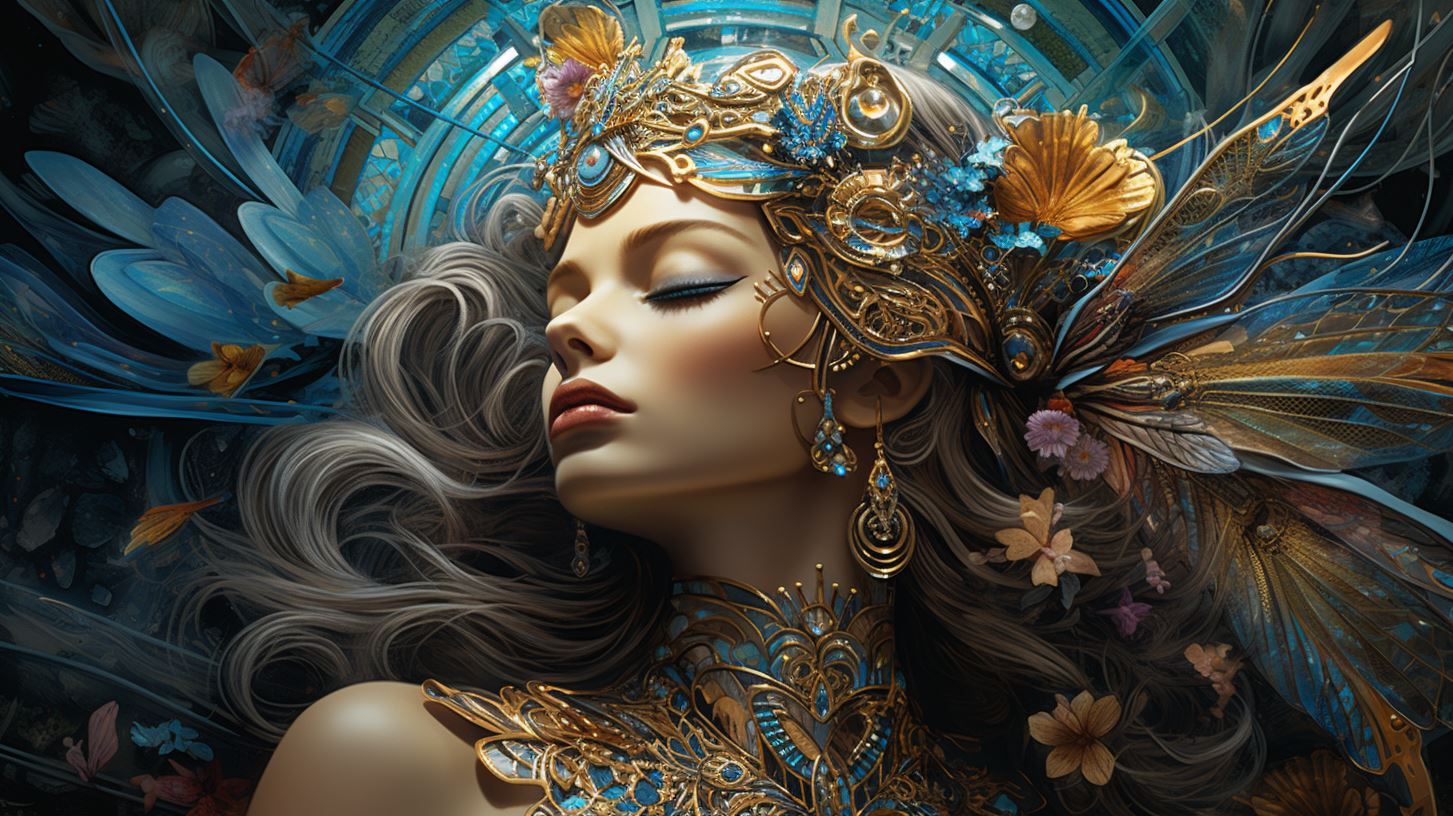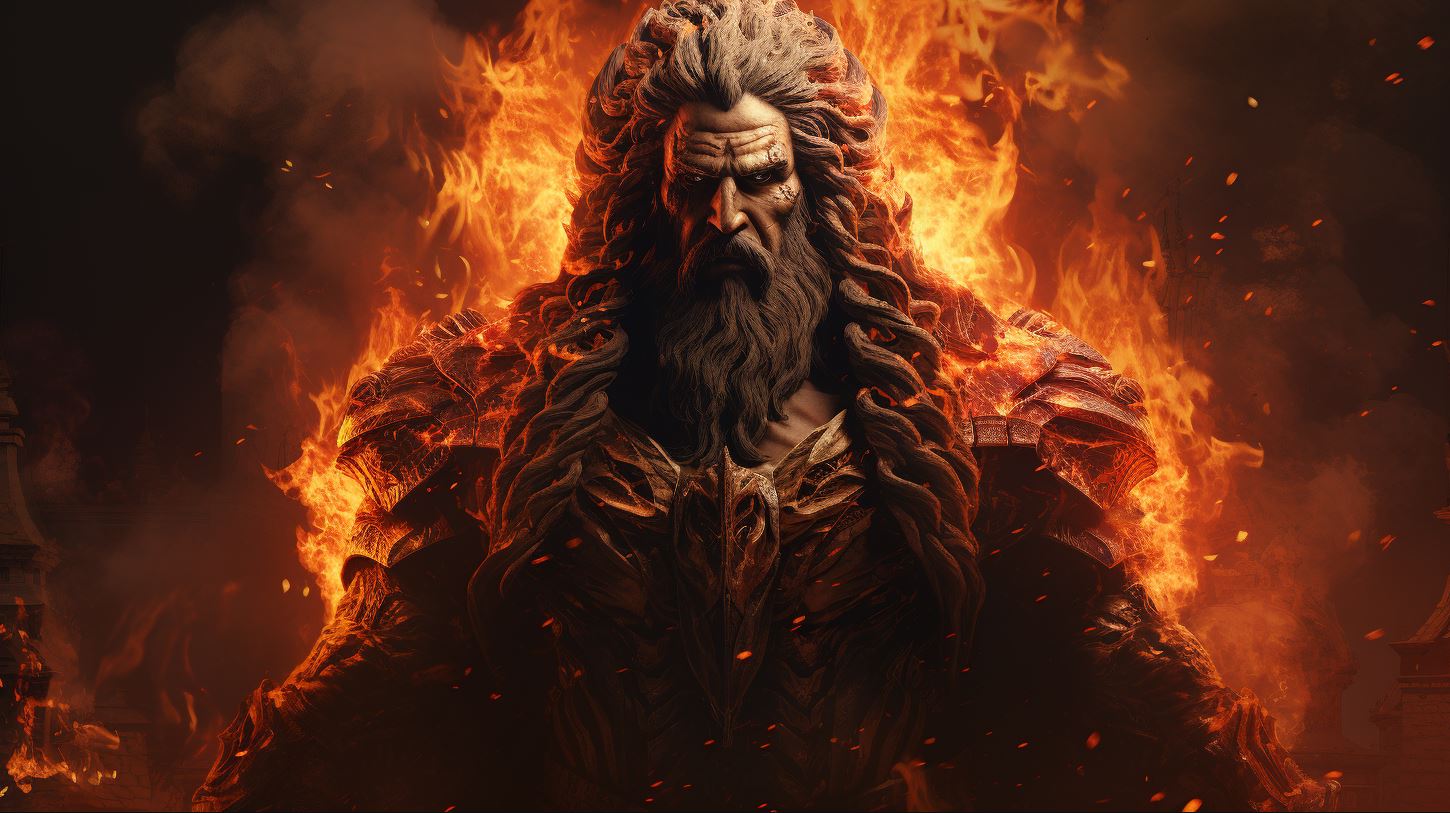Ninurta: The Mighty God of War in Ancient Mesopotamian Mythology
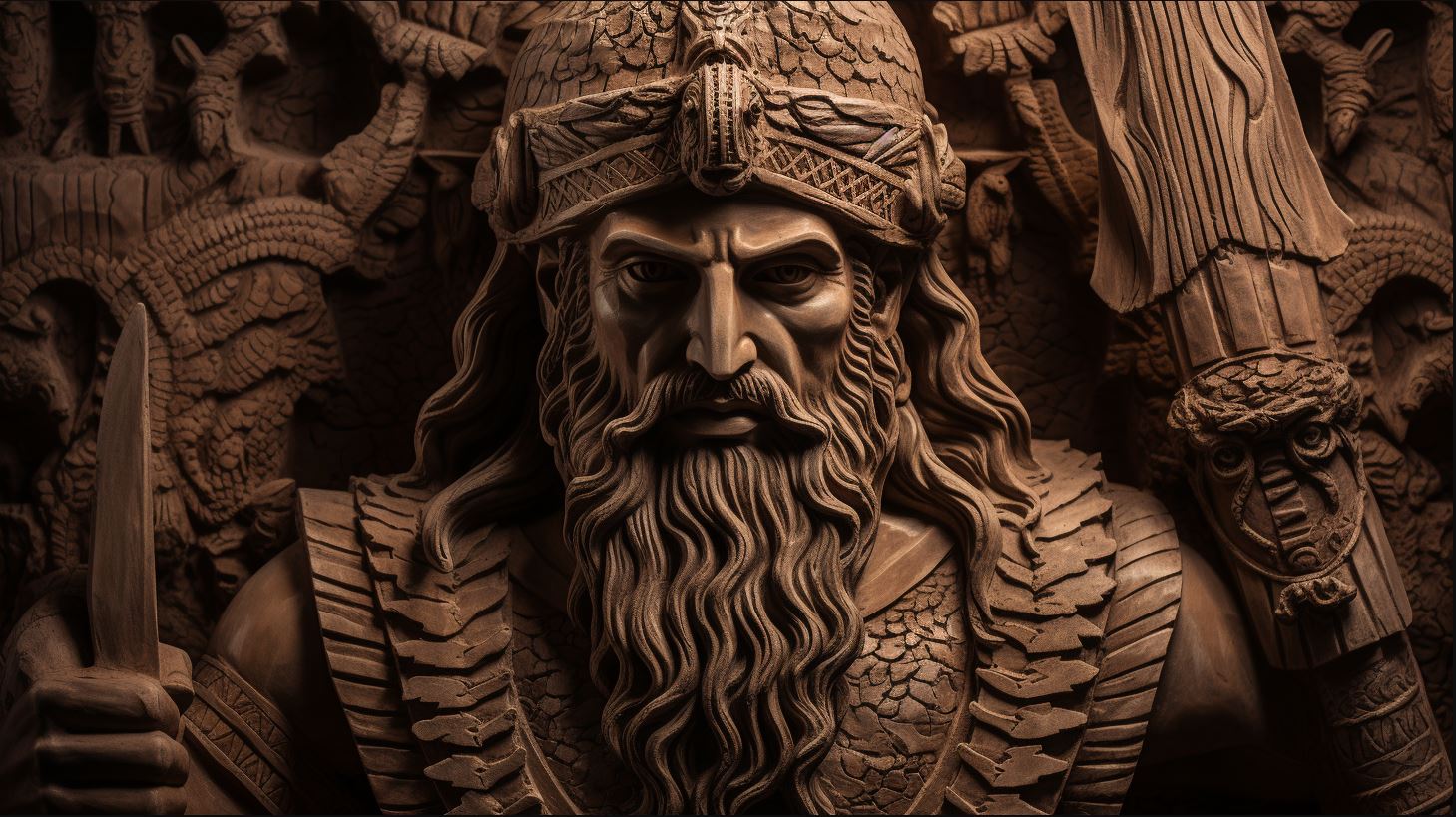
Ninurta, the ancient Mesopotamian god of war, is a prominent figure in mythology. Born to Enlil, the supreme god, Ninurta was revered in Sumerian civilization. He wielded a talking mace named Sharur, defeating the demon Asag and shaping the Tigris and Euphrates rivers.
Known as the champion of gods, he battled the bird creature Anzû for the Tablet of Destinies. Ninurta played a vital role in agriculture, hunting, and warfare, finding favor among numerous Mesopotamian kingdoms for protection and military aid.
Although his significance diminished after the fall of the Assyrian Empire, Ninurta left a lasting legacy.
The Mythology of Ninurta
Ninurta, an ancient Mesopotamian deity associated with various domains including war, agriculture, and hunting, possesses a rich mythology that has captivated the imagination of Sumerians for centuries. This section delves into the origins and family connections of Ninurta, his battle against the demon Asag, his role in the creation of the Tigris and Euphrates rivers, and his conquest against Anzû for the Tablet of Destinies.
Origins and Family Connections of Ninurta
Ninurta, the son of Enlil, the supreme god in Sumerian mythology, commands a prominent position in the pantheon of ancient Mesopotamia. As the divine offspring of Enlil, Ninurta’s existence traces back to the earliest civilizations of Sumer.
His lineage establishes him as a significant figure within the celestial hierarchy, embodying the virtues and powers associated with his divine heritage.
Ninurta’s Battle against the Demon Asag
One of the most notable episodes in Ninurta’s mythology is his epic battle against the malevolent demon Asag. Armed with his mighty talking mace, Sharur, Ninurta engaged in a fierce confrontation with Asag, aiming to protect the realm of the divine from the chaos and destruction caused by the demon.
Through his strength and strategic prowess, Ninurta emerged triumphant, restoring order and harmony to the world.
Ninurta’s Role in the Creation of the Tigris and Euphrates Rivers
The mythology surrounding Ninurta attributes a significant role to him in the shaping of the physical landscape of Mesopotamia. Legend has it that Ninurta utilized stones to construct the mighty Tigris and Euphrates rivers, harnessing their waters for the purpose of irrigation.
This sacred act highlights Ninurta’s association with fertility, agriculture, and the sustenance of life within the ancient Mesopotamian civilization.
Ninurta’s Conquest against Anzû for the Tablet of Destinies
As the champion of the gods, Ninurta embarked on a perilous quest to retrieve the Tablet of Destinies from the formidable Anzû, a monstrous bird creature. This captivating episode showcases Ninurta’s valor and cunning as he engages in a high-stakes battle against Anzû, ultimately emerging victorious and retrieving the coveted tablet, which holds immense power and control over the fate of the world.
Ninurta in the Ancient Mesopotamian Culture and Worship
Ninurta, the god of war in ancient Mesopotamian mythology, held a significant position in the culture and worship of the time. This section explores the various aspects of Ninurta’s presence in the ancient Mesopotamian society.
Worshipping Ninurta in Ancient Mesopotamia
In ancient Mesopotamia, Ninurta was regarded as a powerful deity, and his worship played a crucial role in the religious practices of the people. The Mesopotamians believed that by appeasing Ninurta, they could seek his protection and favor in times of war and conflicts.
Temples dedicated to Ninurta were established, where priests performed rituals and ceremonies to honor and seek his blessings.
Ninurta’s Representation and Symbols
Ninurta was typically depicted in Mesopotamian art with distinctive symbols that represented his various attributes and powers. One of the common representations was with a bird perched on his arm, which symbolized his connection to the realm of gods.
Another frequent symbol associated with Ninurta was the plow, highlighting his role in agriculture and fertility. These symbolic representations served as visual cues for the worshippers to recognize and identify Ninurta.
Ninurta’s Connection to Agriculture, Hunting, and War
Ninurta’s significance extended beyond war and battles. He was also revered as a deity of agriculture and hunting. As the god of agriculture, Ninurta was believed to bring fertility to the land and ensure bountiful harvests.
His association with hunting represented his skills and prowess in providing sustenance to the people. Additionally, Ninurta’s connection to war emphasized his role as a protector and defender of the Mesopotamian kingdoms, to whom they looked for assistance in their military endeavors.
The multifaceted nature of Ninurta’s influence in ancient Mesopotamian culture showcases the integration of warfare, agriculture, and hunting in their societal beliefs and practices. Worshipped and respected, Ninurta held a prominent place among the pantheon of gods and played a vital role in the lives of the Mesopotamian people.
The Decline and Legacy of Ninurta
As the mighty god of war, Ninurta enjoyed significant reverence and influence throughout ancient Mesopotamia, particularly during the reign of the Assyrian Empire. However, the fall of this empire marked a turning point in Ninurta’s importance and prominence.
The Decline of Ninurta’s Importance after the Fall of the Assyrian Empire
Following the collapse of the Assyrian Empire, Ninurta’s significance began to wane. The shift in power and political landscapes led to a decline in the worship and adoration once bestowed upon him.
The loss of the empire resulted in a decrease in the identification of kings with Ninurta, symbolizing a weakening association between rulers and the god of war.
Ninurta’s Influence on Other Ancient Near Eastern Cultures
Despite his decline in importance, Ninurta’s legacy endured and left a profound impact on other ancient Near Eastern cultures. His depiction as a powerful warrior and protector influenced the belief systems and myths of neighboring civilizations.
Elements of his character and exploits can be traced in other gods and mythological figures, illustrating the cross-cultural influence he exerted in the region.
The Resurgence of Ninurta’s Relevance in Modern Interpretations
While his significance diminished in the centuries following the fall of the Assyrian Empire, Ninurta’s relevance has experienced a resurgence in modern interpretations. Scholars and enthusiasts continue to explore and study the multi-faceted aspects of this ancient deity, further shedding light on his role in Mesopotamian mythology and his enduring impact on the concept of war, hunting, and agricultural prosperity.
As we delve deeper into the rich mythology surrounding Ninurta, we begin to appreciate the complexities of his character and his lasting legacy in the ancient world. Despite the decline of his importance over time, Ninurta persists as a captivating figure, inspiring new generations to explore the fascinating realms of Mesopotamian culture and belief systems.
.











